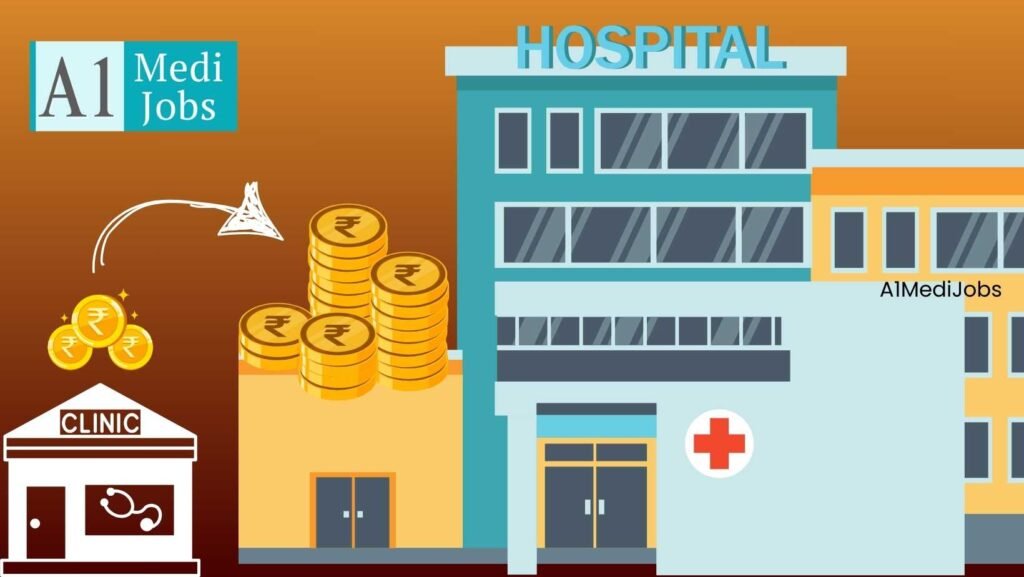About two decades ago, every family in every city had a trusted family doctor.If anyone in the household fell ill, they would first consult the family doctor, who knew every detail about each family member’s health. Even when a specialist’s opinion was required, the family doctor’s recommendation was the first step.
The Rise of Corporate and Multi-Speciality Hospitals
Medical care was affordable, effective, and accompanied by the invaluable guidance of the doctor in various aspects of life.

Then came the era of corporate and multi-speciality hospitals. The promise of comprehensive care under one roof attracted people, even if it came at a higher cost. These institutions quickly became popular and started dominating the healthcare landscape.
Small clinics and individual practitioners began to feel the pressure. To attract patients, corporate hospitals leveraged CMEs (Continuing Medical Education) and started poaching patients from smaller establishments.
The Advent of Insurance Schemes
With the introduction of health insurance, people saw an opportunity to access costly treatments at corporate hospitals. Insurance brought a shift in patient preferences, distancing them from their trusted family doctors. The doctor-patient relationship, once marked by familiarity and trust, began to fade.
Small and couple-run hospitals found it increasingly challenging to survive.
Regulatory Challenges for Independent Practitioners
The Clinical Establishments Act (CEA) further tightened its grip on independent practitioners. Doctors who once thrived in private practice were now entangled in bureaucratic red tape.
Government officials, many of whom had once aspired to join the medical profession but failed, found joy in exerting authority over doctors. The noble profession was now being viewed as a cash cow by those in power.
Meanwhile, society’s perception of doctors deteriorated, giving rise to attacks on medical professionals. Politicians and middlemen began exploiting the situation for personal gains.
The Ayushman Bharat Scheme: A Double-Edged Sword
When the Ayushman Bharat scheme was introduced, many doctors opposed it. However, large hospitals embraced the program, and the public, eager for free treatment, welcomed it with open arms.
Small hospitals, too, joined the bandwagon to survive. Middlemen began to profit more than doctors, while ambulance operators started wielding undue influence. Quacks and unqualified practitioners thrived, operating freely while registered hospitals faced increased scrutiny.
A Profession in Decline
As the government touted Ayushman Bharat as a success, it shifted its responsibility for public healthcare onto private hospitals. Society grew increasingly antagonistic towards doctors, while the judiciary, historically unsympathetic to medical professionals, compounded their woes.
What was once considered a noble profession began to lose its sheen. Frustrated and disillusioned, thousands of doctors in India have left medicine for other professions—a trend that continues to this day.
The journey of doctoring, once marked by respect and trust, has sadly veered into a bitter struggle for survival.Is there a way back to the golden days of healthcare? Only time will tell.